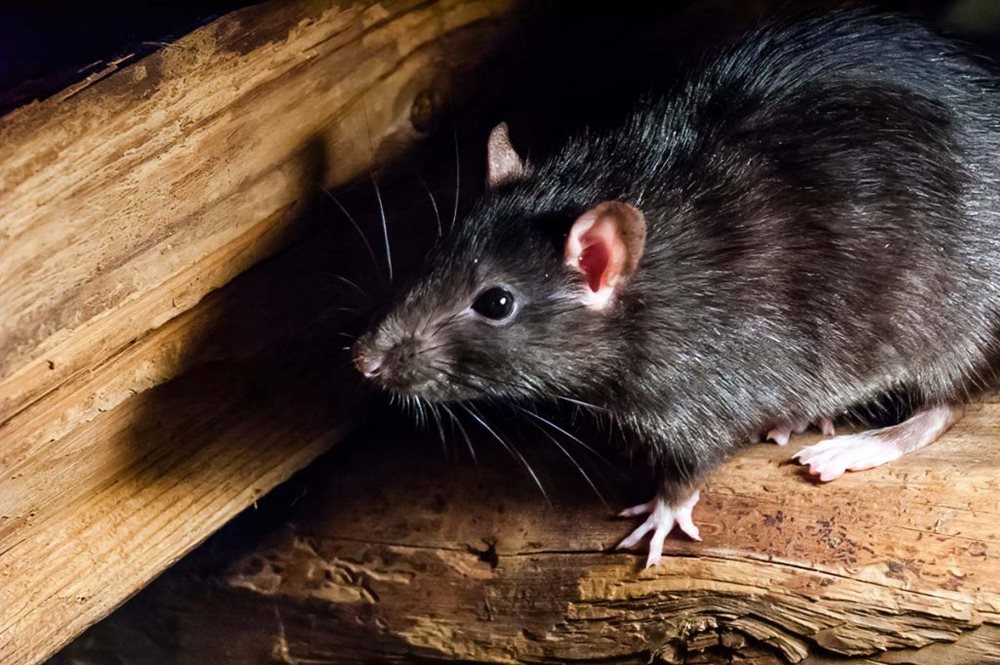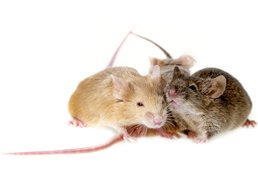

Identifying Rodent Tracks
Homes and lawns provide rodents with food sources and nesting grounds. These pests leave behind tracks outdoors in soil and snow, as well as indoors on tile or other flooring inside the house. Some unique features of these footprints are:
- A rodent’s front paws usually have four toes, while the back feet have five.
- Hind rodent tracks will almost always be side-by-side, while the front feet rarely align.
- Front paw prints are broad, while rear tracks are narrower and longer.
- Semi-aquatic rodents like nutria, beavers, and moles have webbed feet.
Size
Mice, rats, and squirrels have small tracks with claw marks that may not be visible.
Bigger rodents like beavers, gophers, and groundhogs leave behind larger footprints. The weight of these animals forces their feet deeper into snow or soil, leaving tracks that are bigger than their actual feet and easier to spot.
Patterns
Rodent tracks often form patterns in snow, dirt, and dust that can help identify them. Pests with footprints that seem to roam in many different directions indicate that the animal is comfortable in its habitat. This may be a social rodent that is often around people, such as a squirrel.
Problems with Rodents
Many species of rodents gnaw on siding, foliage, and other items found in yards. Not only do these pests destroy lawns and gardens, but they may also find their way into homes. Once inside, rodents may either build nests or cause damage trying to escape.
Not only can Critter Control experts identify rodent tracks, but they also offer professional prevention and exclusion services.
Get them out.
Keep them out.®
Experiencing a wildlife or pest issue? We can help! Complete this form and your local Critter Control® office will contact you to assist.
- Difference between Mice and Rats
- Rodent Caused House Fires
- Do Rodents Hibernate?
- Rodent Deterrents
- Rodent Diseases
- Rodent Droppings
- Rodent Nests
- Rodent Noises
- Rodent Repellents
- Rodents under the House, Deck, or Floor
- Rodents in the Attic
- Rodents in Walls
- Types of Rodents
- Rat Noises
- Mouse Noises
- Squirrel Noises